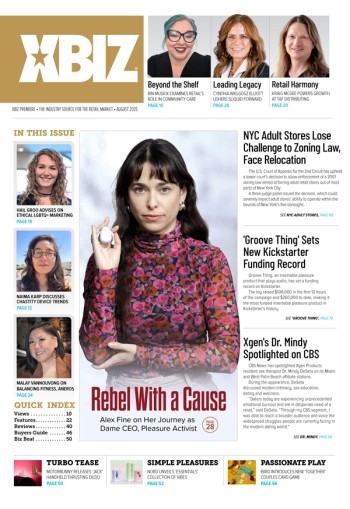When many people think of search engines, they conjure up images of text boxes and links to content of dubious quality — but modern tools for searching the vast amounts of data available online take several shapes — such as image based search and search results that are a favorite traffic source and branding tool for savvy adult media marketers.
While things chugged along nicely in this arena for several years, 2012 saw Google in the headlines for alterations to its image search algorithm that effectively made it harder for users to find adultoriented material, unless they expressly wished to do so.
Google says the change simply brings image search settings in line with existing settings for web and video search.
Suddenly, Google Image Search was not a valued ally for webmasters, but a swiftly squelched traffic source that hurt the bottom line. While the company tried to lay fears to rest as to the future of porn in the search results, the process will likely leave would-be porn consumers seeking alternative venues, causing a shift in adult’s business strategies.
“We are not censoring any adult content, and want to show users exactly what they are looking for — but we aim not to show sexually-explicit results unless a user is specifically searching for them,” a Google spokesperson told CNET, adding that the search giant uses algorithms to select the most relevant results for a given query.
“If you’re looking for adult content, you can find it without having to change the default setting — you just may need to be more explicit in your query if your search terms are potentially ambiguous,” the spokesperson added, explaining that “the image search settings now work the same way as in web search.”
“Google says the change simply brings image search settings in line with existing settings for web and video search. But it’s worth noting that this move is unusual for a company that in every other case works to make it easier, not harder, for you to find the thing you’re looking for,” Casey Newton wrote for CNET. “The idea behind products like the Knowledge Graph and Google Now is that the company should bring you information with the least amount of effort possible. With its new image search settings, Google has identified one place where it wants users to work a bit harder.”
This means that users with Google’s Safe-Search feature turned off could still find adult content by adding an explicit term such as “porn” to the search query — or as is promoted by ICM Registry, the addition of “XXX” to the sought after phrase…
“The effective de-ranking of adult content in an attempt to prevent inadvertent exposure to adult content is a trend we have seen in recent months by the major search engines,” ICM Registry CEO Stuart Lawley stated. “New top-level domains such as .XXX are making it easier for consumers to find exactly what they want while at the same time making it easy for those wishing to avoid such content.”
“This is all about giving the consumer what they want and expect without surprises,” Lawley added.
It’s not just consumers that are in for surprises, however, as more important changes are in store for content rights holders in the image search arena; as search engines evolve the way they display images.
Bing Image Search (www.bing.com/images/) seems to be among the most egregious offenders, providing flexible display options for viewers that never have to leave the site — providing what the company calls “a new, more modern experience.”
“We cut out the white-space and clutter to make room for big, beautiful pictures from across the web. Since then, we have kept on working to make pictures shine on Bing,” stated the Bing Team in a blog post. “Now when you click an image, we don’t waste your time loading a new page or force you to dig through a bunch of clutter: The new design loads quickly placing the image center stage.”
That sounds nice and all (and in use, it is), but those are other people’s pictures we’re talking about; and other than blocking the search engines from your site (an unattractive option if you want to receive traffic from them), there is not much you can do about it.
Yahoo’s image search feature (image.yahoo.com) is regarded on some Internet forums as a superior solution for searching images — but that doesn’t necessarily mean that it is the ideal platform from the marketer’s perspective. As with every venue, it has its strengths and weaknesses, but it’s almost certain that it too will evolve; embracing the role of content delivery — in addition to search’s traditional usage for content discovery.





